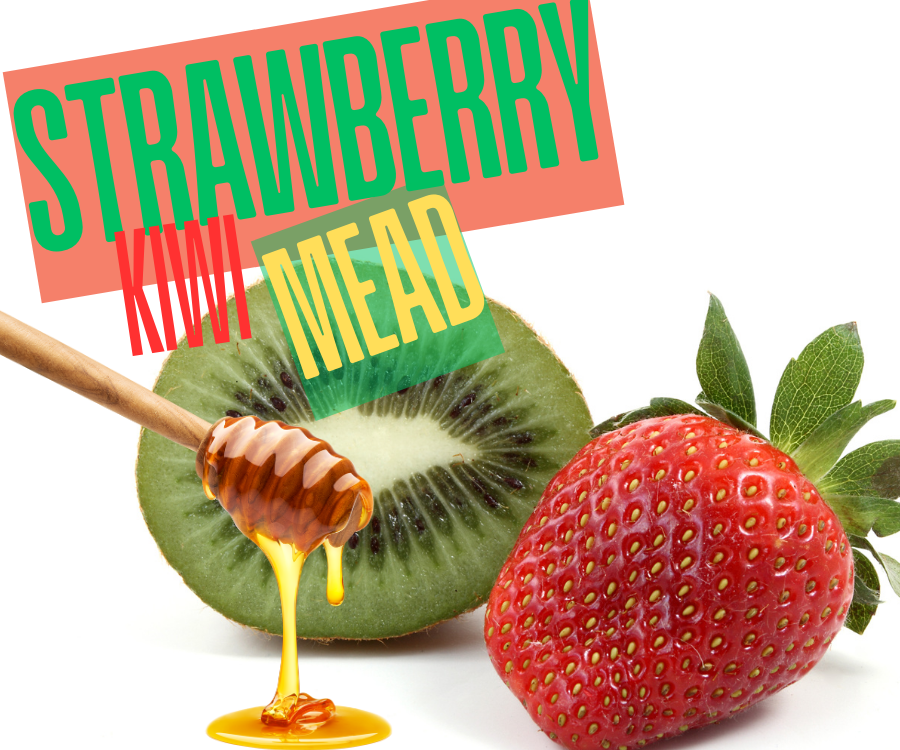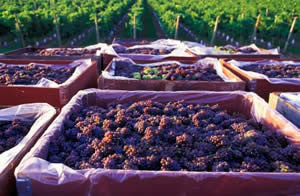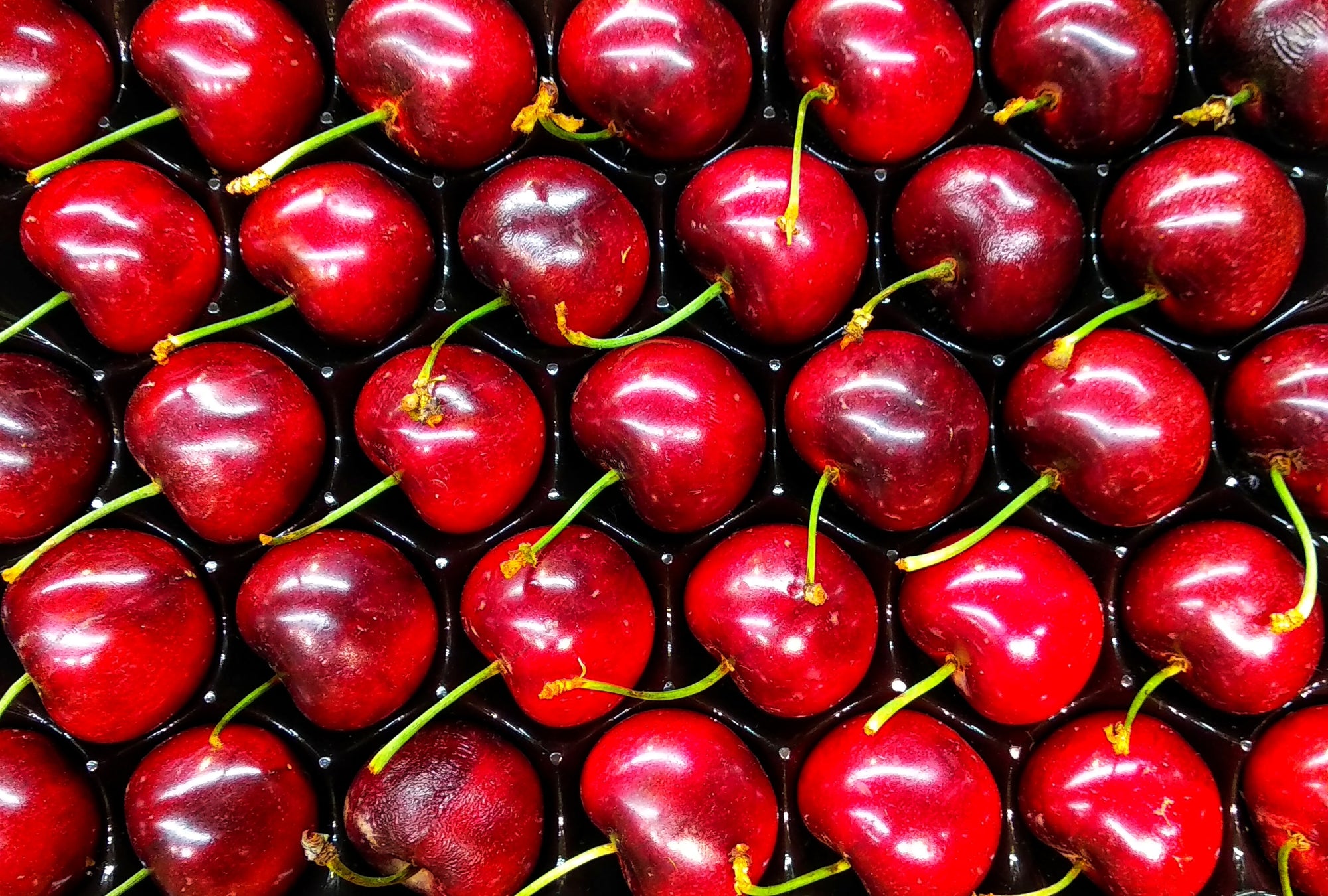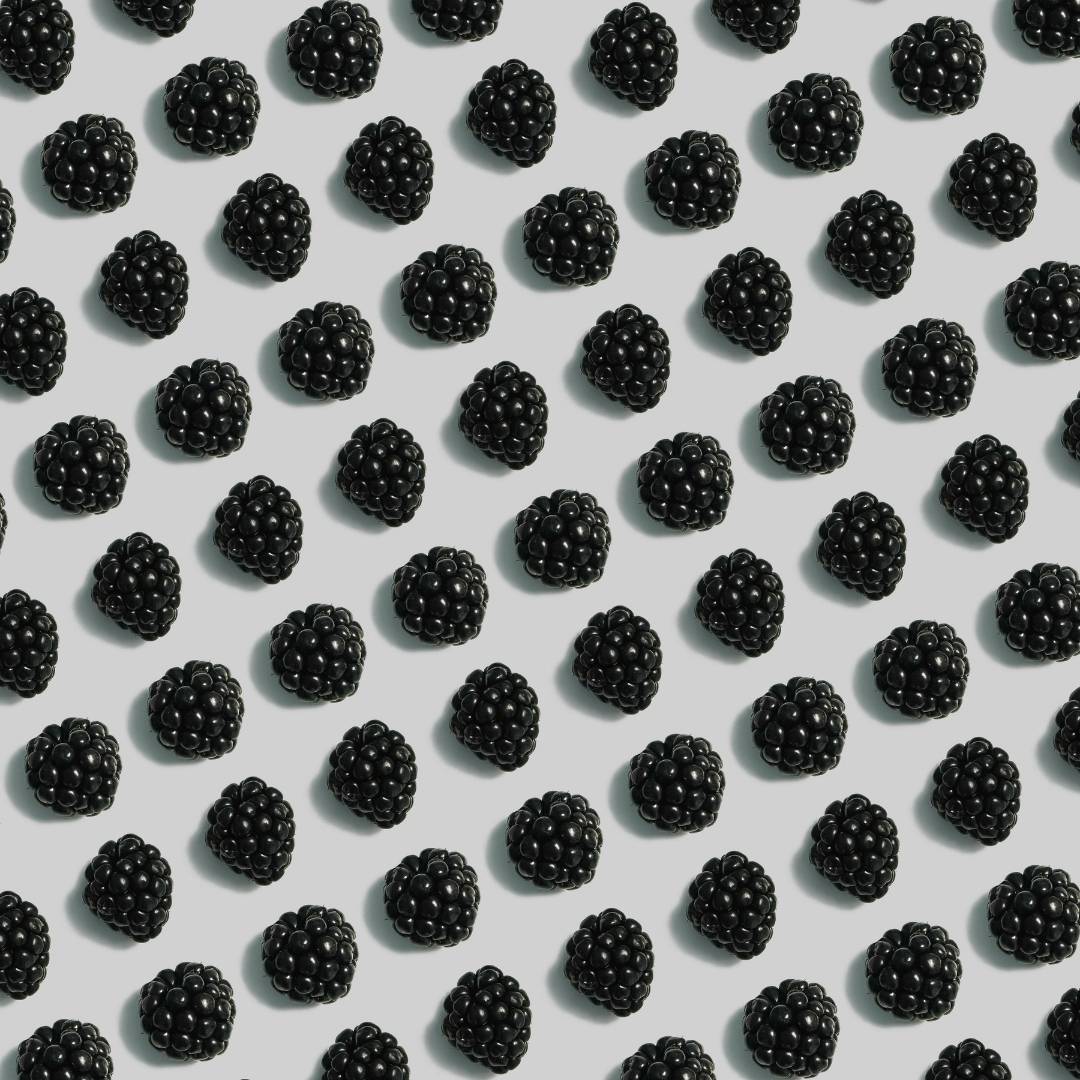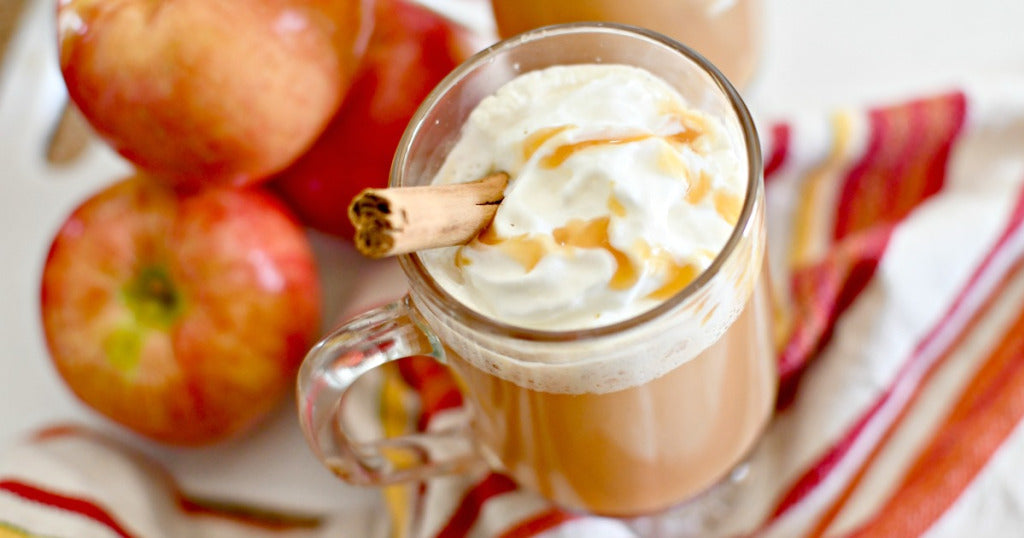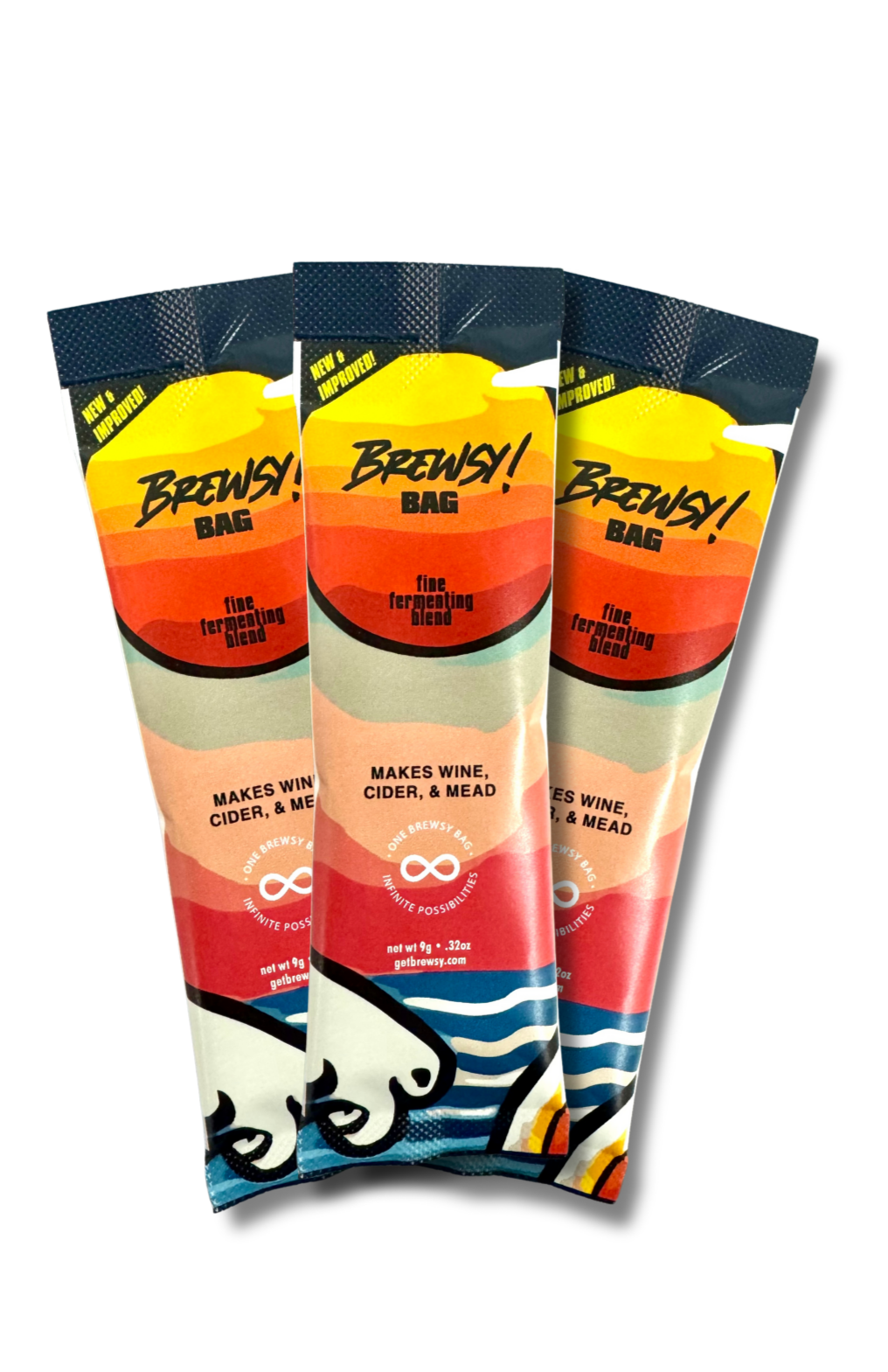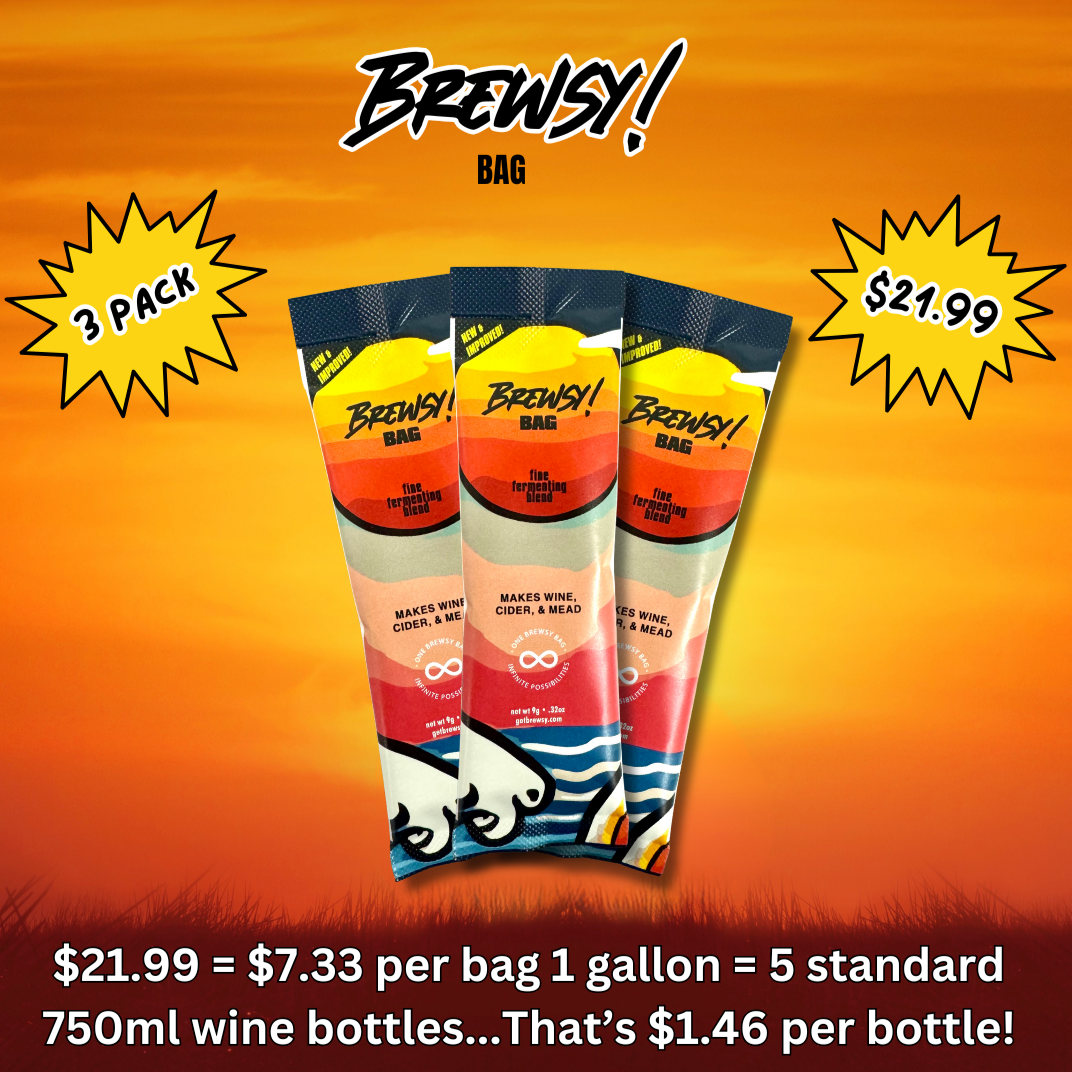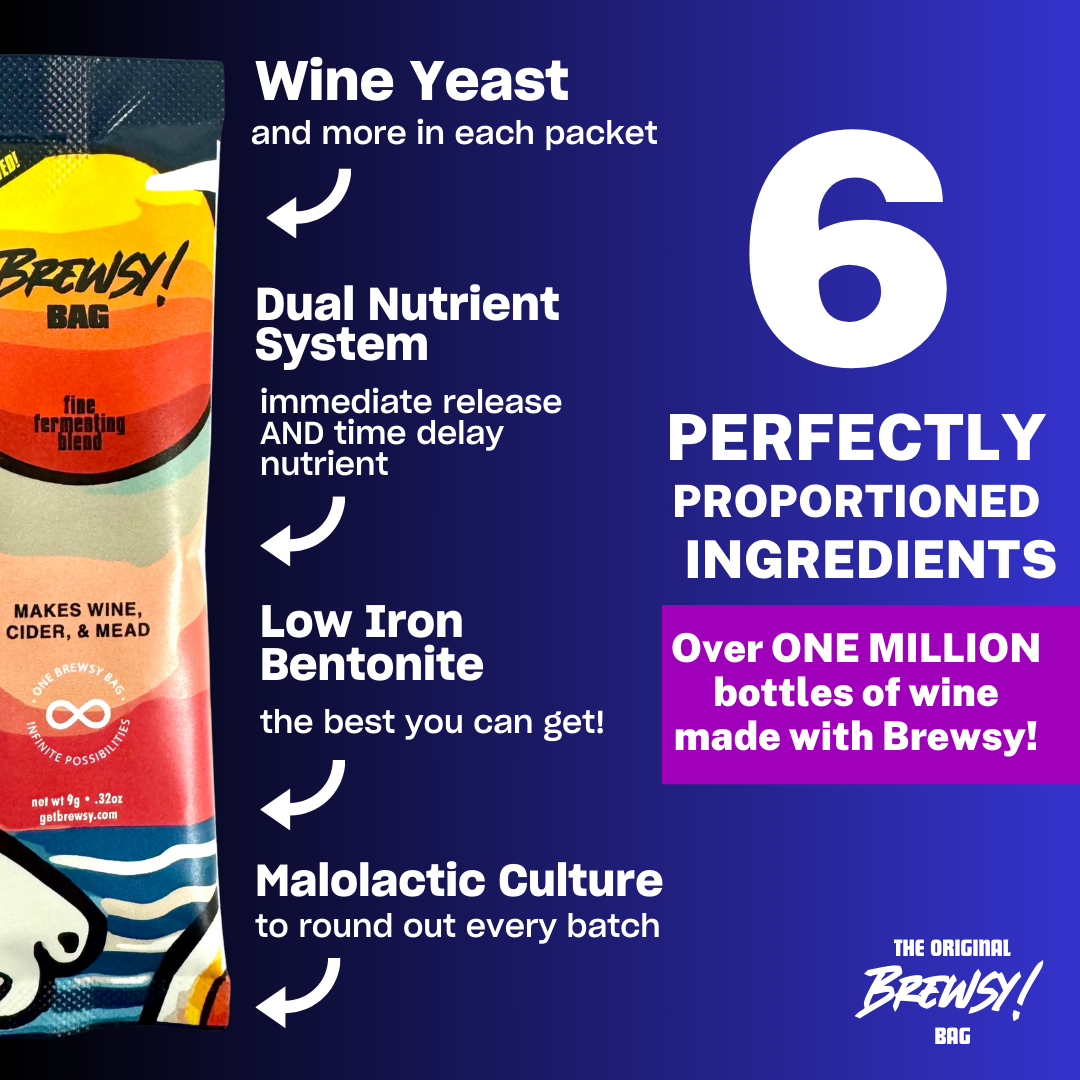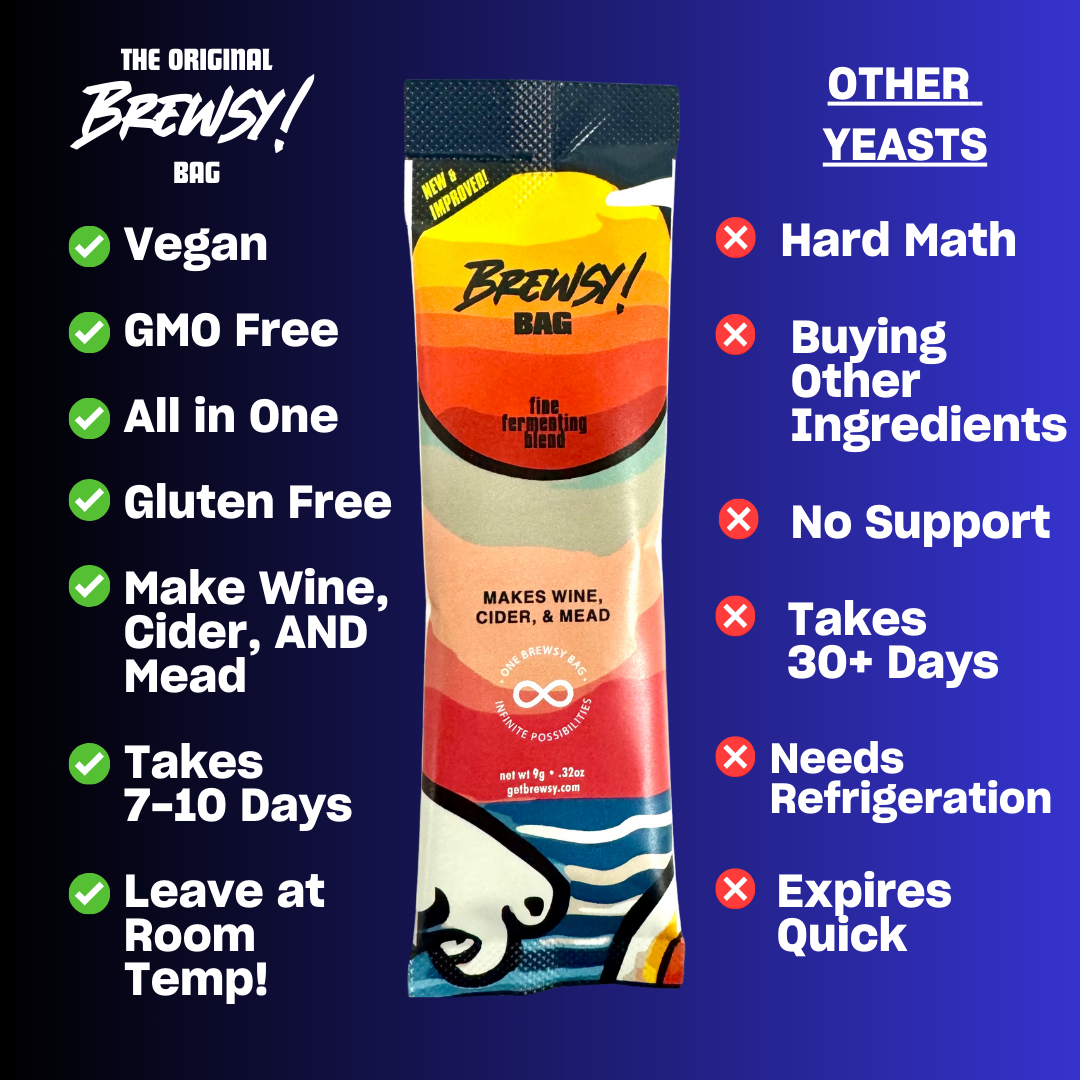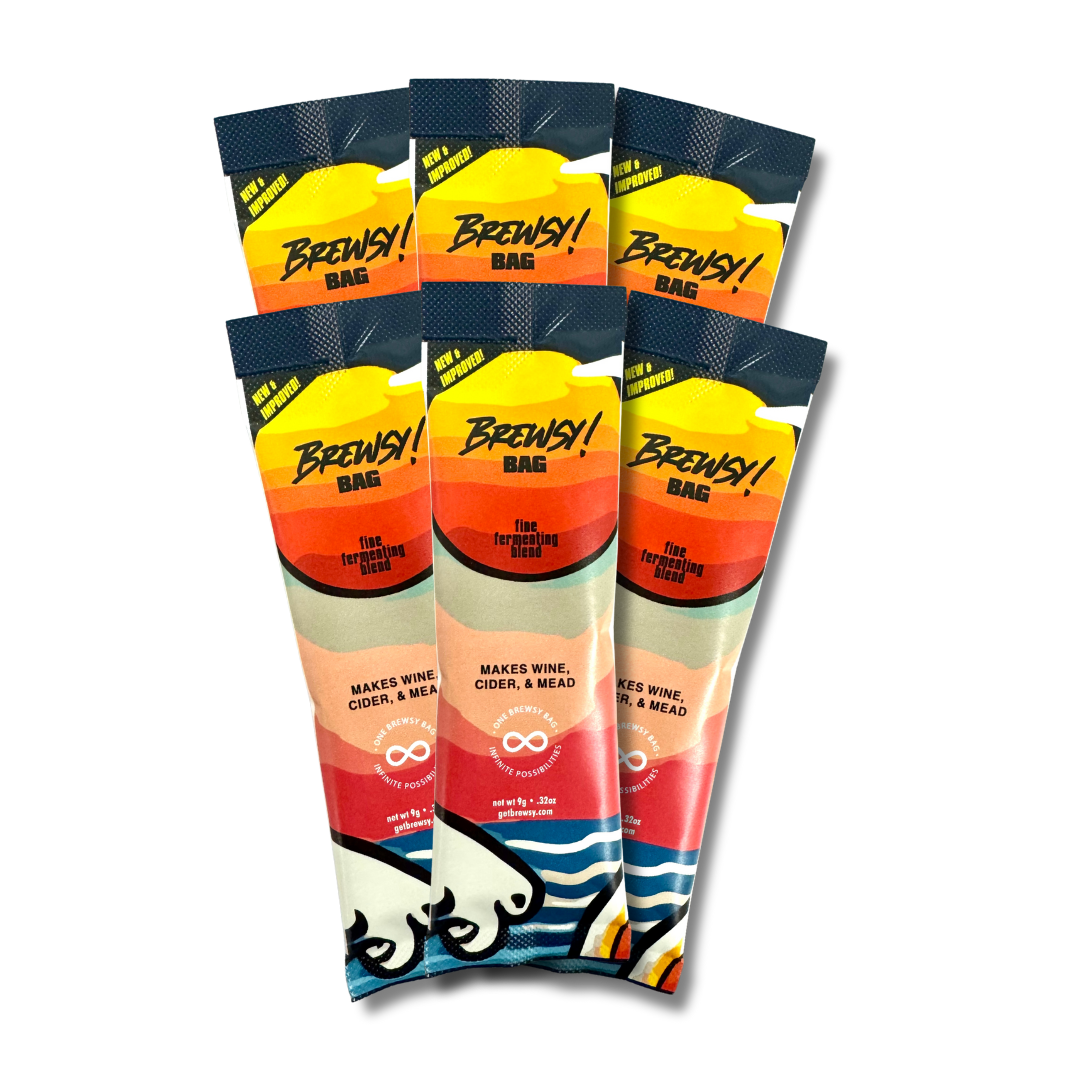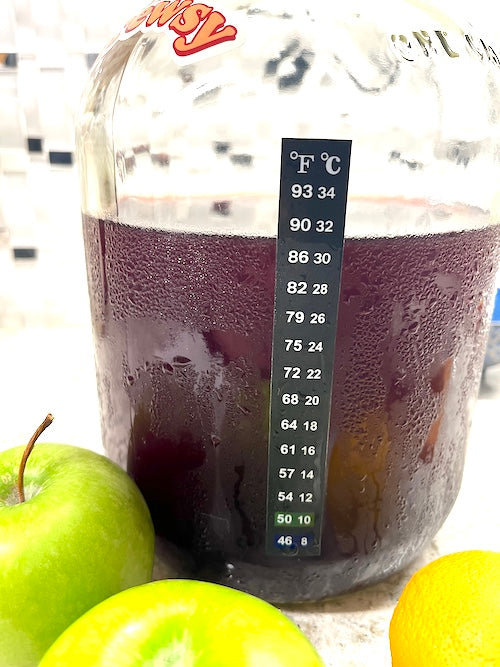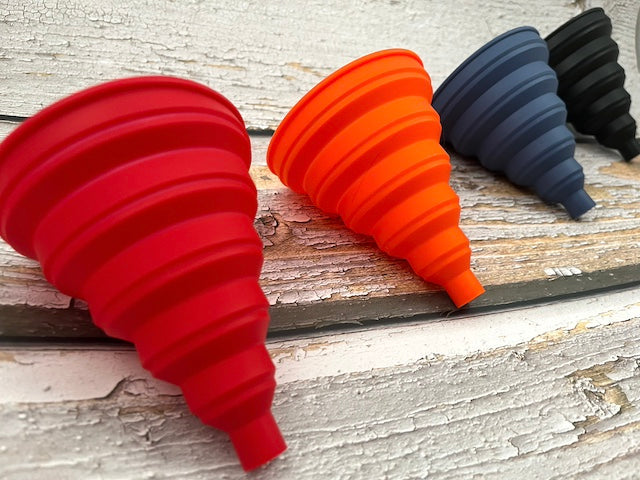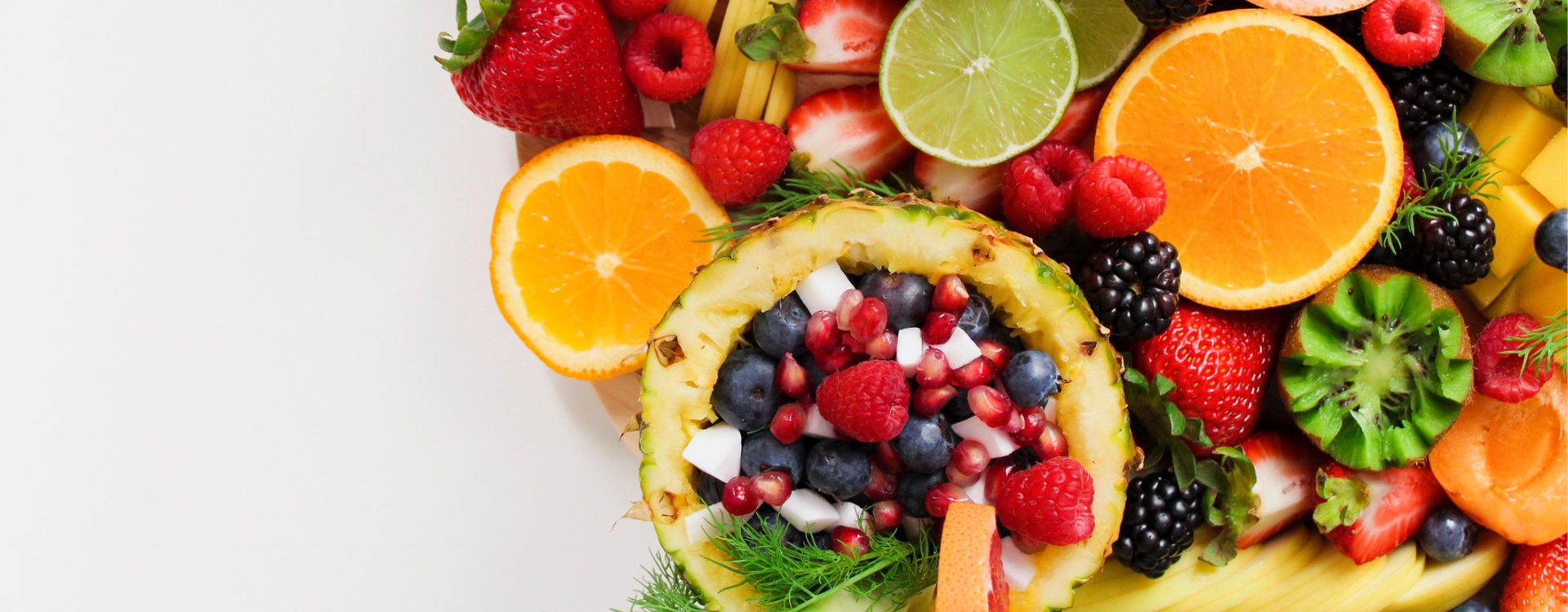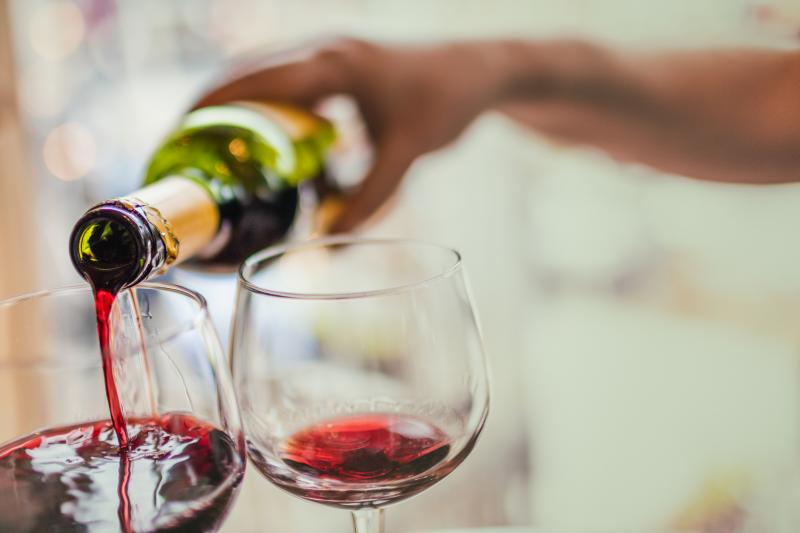
How Much Alcohol Is in Wine?
Depending on one's threshold or alcohol tolerance, it is never a bad idea to be aware of how much alcohol a certain wine contains. In fact, one would choose their wines more astutely if they knew a wine's alcohol concentration. So just how much alcohol is in wine?
Although specific winemakers have their own consistencies, everything related to wine is highly variable, from grape varietal used to blends of grapes and fermentation styles, from aromas and undertones to, of course, alcoholic content. Alcohol by volume, or ABV, is the unit used to measure how much alcohol a wine has, or beverages in general. It indicates how much of the drink is alcohol in a percentage, so, for example, a beer with 5% ABV is a beer in which 5% of its composition is alcohol.
Another determining factor for how much alcohol is in wine is whether its red or white wine. Red wine generally tends to have more, ranging from 12-15%, and averaging at about 13.5%. White wine, on the other hand, has less, ranging from 5-14% with a 10% average. The simple reason why these wines differ in ABV is because red grapes usually have a high sugar concentration which, when fermented, produces more alcohol. White wine grapes have less sugar so it produces less alcohol. A great to measure it is by using a hydrometer.
An example of a wine on the lower ABV spectrum is a Moscato d'Asti, a sparkling white wine from Italy. On the other end, a wine with a high ABV would be something like a port wine, although, to be fair, that is a fortified wine, so a better example of a high alcohol wine would be a Red Zinfandel.
A wine's ABV should help you decide how much to drink - lower ABV lets you drink more, while a higher ABV you should drink less, not unless you want to wake up the next morning with a throbbing headache. That is never a fun experience.
While there is a measurement called a pour line, which is how much wine exactly is pour into a glass, it often varies, especially in restaurants, so there is not a standard measurement. Another aspect that factors into this is the fact that, in the past 50 years, wine glasses have tripled in size. People do love their wine. That being said, however, a good baseline for a pour line is about 125 to 175mL. There are glasses available that have their own pour lines (also known as plimsoll line) etched into it.
If you are looking to establish a standard for how much to drink per glass, a wine's alcohol content is a good unit to use by comparison. For example, a good serving size for a 10% ABV wine would be around 150mL. Higher ABV, smaller serving size; lower ABV, bigger serving size.
Ultimately, knowing a wine's ABV, as well as appropriate serving sizes can help one broaden their wine knowledge, especially if they want to become a sommelier or a wine collector.
Of course, it should go without saying, though, that regardless of how much alcohol there is in a bottle of wine, everything should be taken in moderation.

